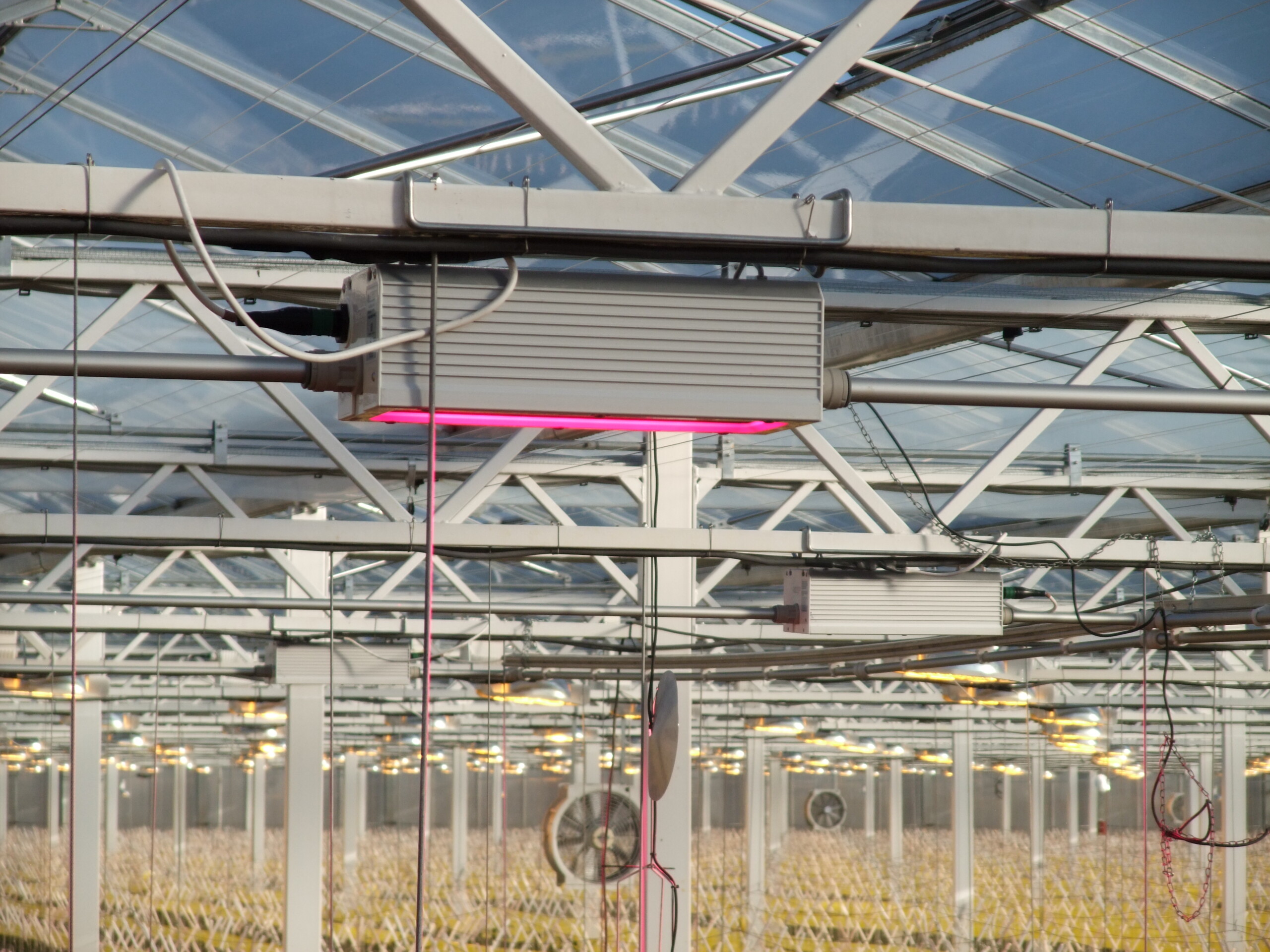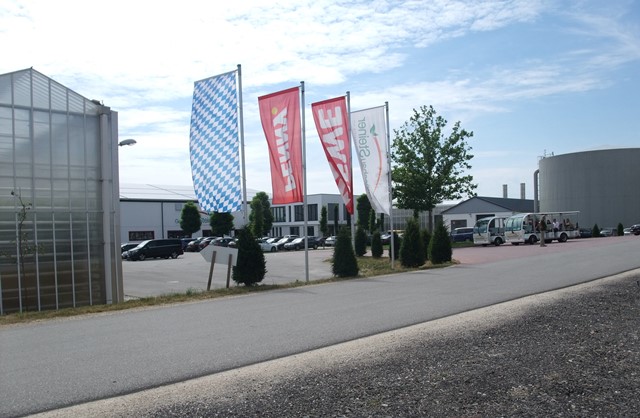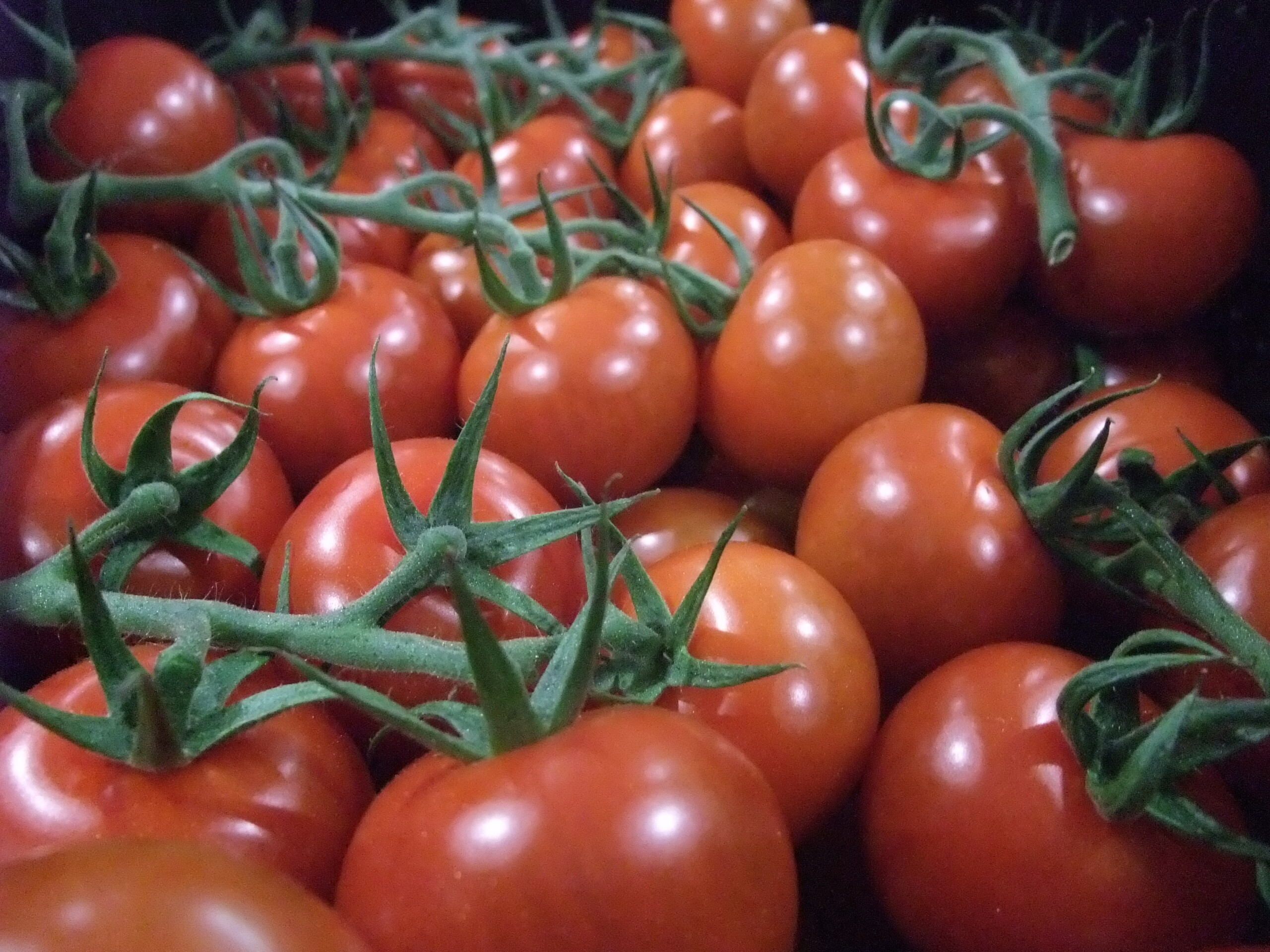Koks iššūkis/problema buvo sprendžiama?
In wintertime, tomato in German supermarkets is imported mainly from southern Spain, everybody knows the enormous surface of white plastic Greenhouses of Almeria, visible even from space. Winter production of tomatoes in German glasshouses is energy-intensive and thus not competitive. Innovative LED lamps might change that. In tomato glasshouse production, energy efficiency is one of the most important success factors – economically and regarding environmental friendliness. Testing the newly available LED lights is both in the interest of the producer and the environment. The effect of LED light on the TASTE of the tomatoes is still unknown. Be to, light (and heat) pollution originating from the glasshouses has to be avoided – light pollution affects residents in the neighborhood as well as insect life. LED-lamp producers, the tomato grower, advisory service, and a university work together in this project.
Kaip išsprendei problemą?
In order to save energy in the company, į 2019/2020 the largest German LED light test for tomato winter production was carried out at the Steiner horticultural enterprise in Kirchweidach in cooperation with the University of Applied Sciences HSWT (measurement of light-technical and plant-physiological data), the State institute LWG (sensory test) and the AELF Landshut (facilitator, organisation). During the trial, Mr. Steiner financed the lamps, some additional measurements (pvz. energy consumption of the lamps) and provided part of his greenhouse and his tomatoes for the sensory test free of charge. Winter production of tomatoes is to take place in the newly planned greenhouse near Emmerting from autumn 2020. Mr. Steiner selected the water-cooled LED toplight system from Oreon for the planned installation. When exposure to light takes place at night, the full energy screen protects against light pollution and significant energy loss (light and heat).
The innovative LED systems tested in the trial have only been on the market for one to two years. The tested lamps save between 35 ir 40 % of the electricity used by conventional high-pressure sodium lamps (HPS). This means an annual electricity saving of approx. 900,000 T19 1,000,000 kWh/ha.
Kokie yra sėkmės veiksniai sprendžiant problemą?
The initiative, investment, and interest of the gardener, cooperation between the involved partners.
Netikėtos nesėkmės, jei bet kuris
Tests to compare LED lights on the market were necessary. Unknown and unexpected consequences of switching to LED light. E.g. heating, watering, and fertilizer system have to be adapted.
Išmoktos pamokos
Cooperation is a key element in realizing an innovation. A win-win situation for the economy and environment is possible.
Kokį vaidmenį praktikoje atlieka patarėjas ar patarėjų tarnyba?
Supporting the project, Coordination.
Ar jūsų požiūris gali būti perkeltas ir (arba) pritaikytas kitiems inovacijų iššūkiams ir regionams?
Taip
Numatomas perkeliamumas skalėje nuo 1 T19 5
(kur 1 yra lengvas ir 5 labai sunku)
2
Už pasidalinimą patirtimi apie gerą praktiką, please contact Pablo Alensio (pablo.asensio[ne]fueak.bayern.de +49 871 9522 4369)
Daugiau informacijos ieškokite https://www.br.de/nachrichten/bayern/heimische-wintertomaten-aus-dem-led-gewaechshaus,SIhIYfL
https://www.gemuesebau-steiner.de/service-info/gemuesebau-steiner-in-emmerting/


